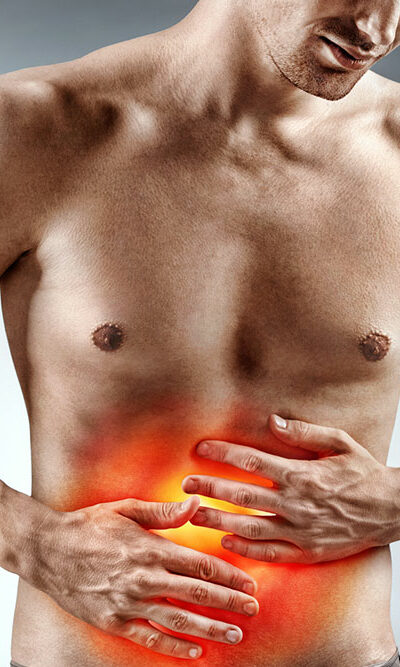
Different Ways to Treat Dupuytren’s Contracture
Dupuytren’s contracture is a condition that leads to the curling of the fingers and may result in crippling hand deformities. It affects the facia, i.e. the fibrous tissue underneath the skin of the palm and fingers. People suffering from Dupuytren’s disease experience the fibers in the fascia tightening or contracting over time. This causes the fingers to be pulled inward. What are the symptoms of the disease? One of the prominent symptoms includes the development of small lumps and nodules in the palm. While these may feel tender and sore in the beginning, the discomfort goes away over time. The disease progresses slowly, and as the condition worsens, the nodules lead to the formation of tough bands of tissue under the skin. These bands then cause the fingers to bend and curl forward, making it difficult for one to perform daily activities. It is important to be aware of such symptoms and get them treated before they worsen and hinder one’s lifestyle. Some of the methods to treat Dupuytren’s contracture are mentioned below: Non-surgical methods These methods are usually recommended for early stages of Dupuytren’s disease. Some doctors recommend stretching the fingers and palms in mild stages of the condition. One is also advised to consult a physiotherapist before using any stretching exercise to treat the condition. Anti-inflammatory medications These medications are injected into a Dupuytren’s module to reduce swelling. The treatment requires multiple doses of injection to considerably reduce the size of nodules and might not prove to be effective in the later stages, when more thickened tissues have been formed. Anti-inflammatory injections can slow the progression of the disease but will not help in uncurling the fingers if the contracture has already occurred. Enzyme medications If the fingers have become bent already, the doctors may recommend a mixture of enzymes to be injected in the affected area.










